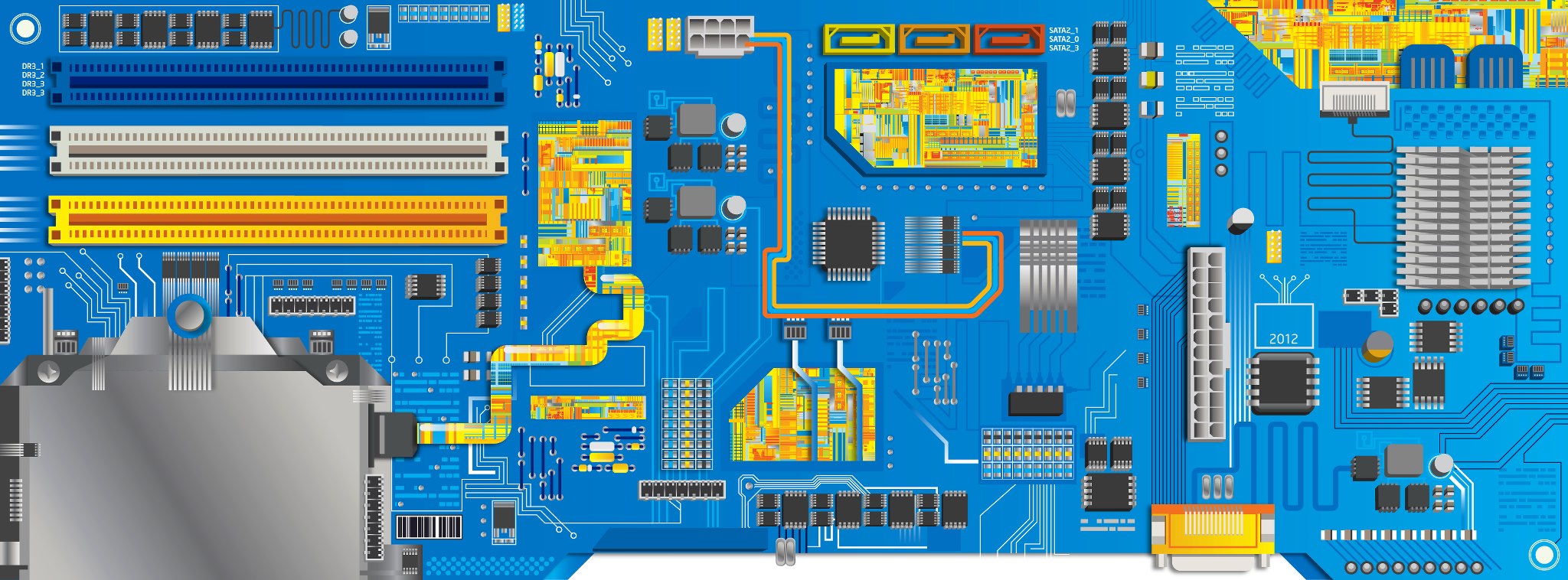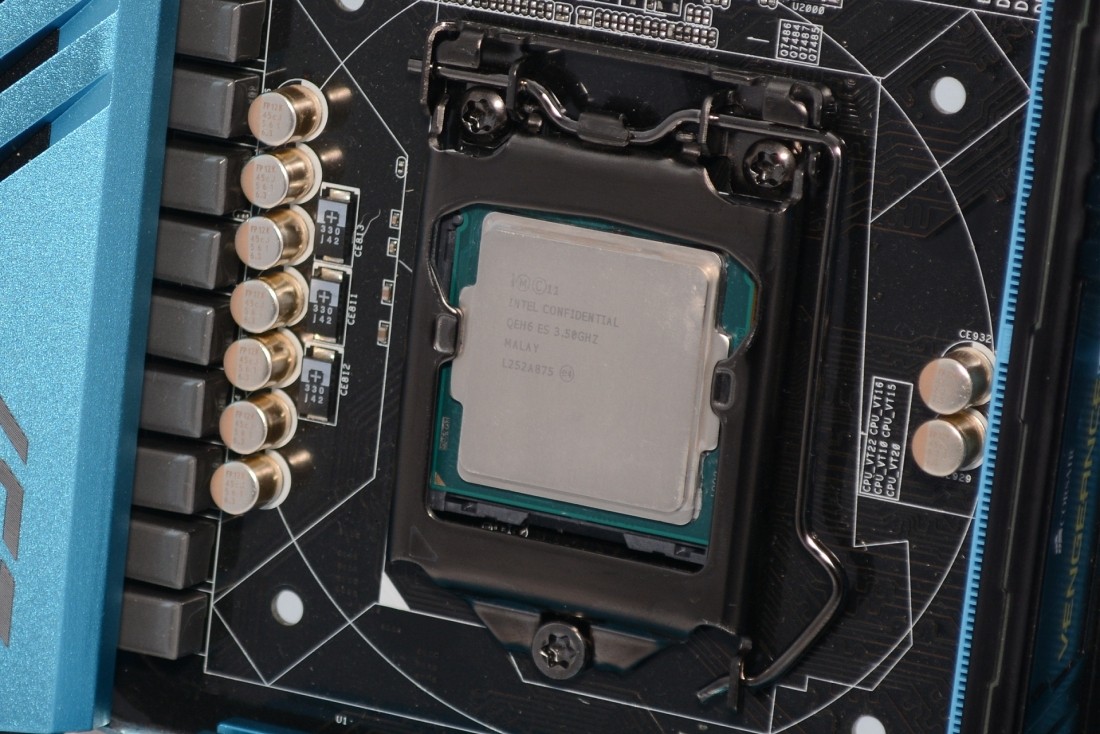When building a new computer, price is often the factor that dictates which components you buy. Setting a budget is usually the easy part while picking the right hardware to meet that cap is the real challenge, especially with gaming systems as both the CPU and GPU weigh heavily on the overall expense.
Those building an Intel machine these days have loads of options, with desktop CPU prices ranging from as little as $60 to well over $600. The Core i3 is intended as an entry-level option, the Core i5 is geared for mainstream usage, and the mighty Core i7 is meant for high-end systems and enthusiasts.
Looking at the current Haswell lineup, we have Core i3 processors ranging from suggested retail prices of $122 to $149, Core i5 chips priced from $182 to $242, and Core i7 parts set between $303 and $339. Of course, there are Haswell-E chips for $389 to $999, but let's not worry about those for now.
All three Core processors are based on the same architecture so where they really differ is in their number of cores/threads and cache size. There are other factors such as operating frequency and integrated graphics, but for the most part it's the cores and cache that matter.
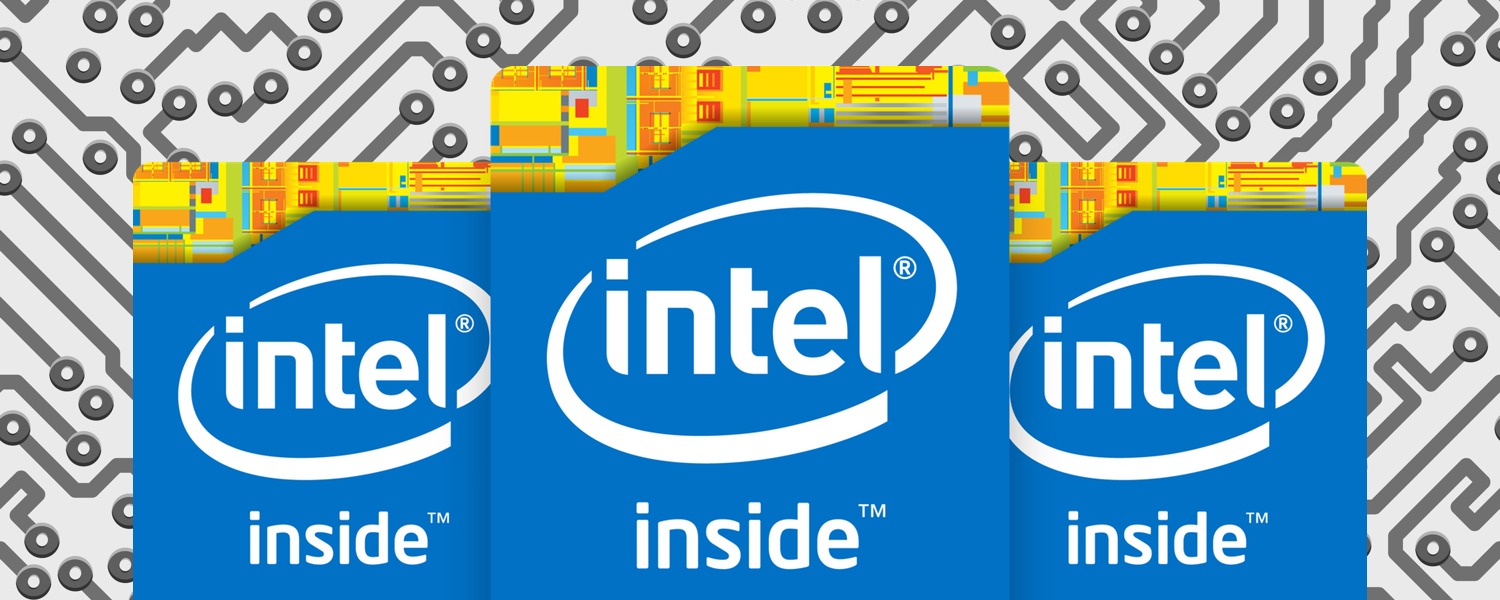
| Core i3-4160 | Core i3-4350 | Core i5-4690 | Core i7-4790 | |
|---|---|---|---|---|
| Price | ||||
| Cores |
2
|
2
|
4
|
4
|
| Threads |
4
|
4
|
4
|
8
|
| Frequency |
3.6 GHz
|
3.6 GHz
|
3.5 GHz
|
3.6 GHz
|
| Turbo |
-
|
-
|
3.9 GHz
|
4 GHz
|
| L3 cache |
3 MB
|
4 MB
|
6 MB
|
8 MB
|
| GPU model |
HD Graphics 4400
|
HD Graphics 4600
|
HD Graphics 4600
|
HD Graphics 4600
|
| GPU frequency |
350-1150 MHz
|
350-1150 MHz
|
350-1200 MHz
|
350-1200 MHz
|
| TDP |
54 W
|
54 W
|
84 W
|
84 W
|
The table above compares the three Core series. As you can see, the Core i3 range has two dedicated cores but with the help of Hyper-threading they support four threads. Depending on the model, they have 3 or 4MB of L3 cache and Intel's Turbo Boost isn't enabled so the frequency is locked somewhere between 3.4GHz and 3.8GHz.
The Core i5 processors are tangibly different to the Core i3s as they include four physical cores. However, because they lack Hyper-threading there are just four cores/threads on offer. All Haswell Core i5 processors carry a 6MB L3 cache (50-100% more than the Core i3 chips) as well as Turbo Boost, so while base frequencies range from 3.0GHz to 3.5GHz, some models can run as high as 3.9GHz depending on load.
The Core i7 family offers another 2MB of L3 cache over the Core i5 series, taking the total to 8MB, in addition to Hyper-threading for eight threads, which has the potential to boost multi-tasking quite dramatically.
For graphics, the Core i3 lineup uses either the HD Graphics 4400 or 4600, while the Core i5 and Core i7 CPUs use the HD Graphics 4600 exclusively. Both versions have 20 execution units, the 4600 just clocks more aggressively under heavier loads and therefore consumes more power.
With all this information at hand, many builders will wonder which one is right for them. Do they need a Core i7 or will the Core i5 be just as fast for their needs? Should they spend less on a Core i3 and allocate the savings elsewhere, or is the Core i5 worth a premium?
To try and make your purchase decision a little easier, we'll be seeing how the Core range performs in various applications, video encoding scenarios, and of course, gaming. Not only will we look at integrated gaming performance, but also discrete graphics performance with both mid-range and high-end GPUs.
Memory Bandwidth Performance

All four processors were paired with DDR3-1866 memory and this allowed for 22-23GB/s. The Core i5 and Core i7 processors were just 700MB/s faster than the Core i3 models.
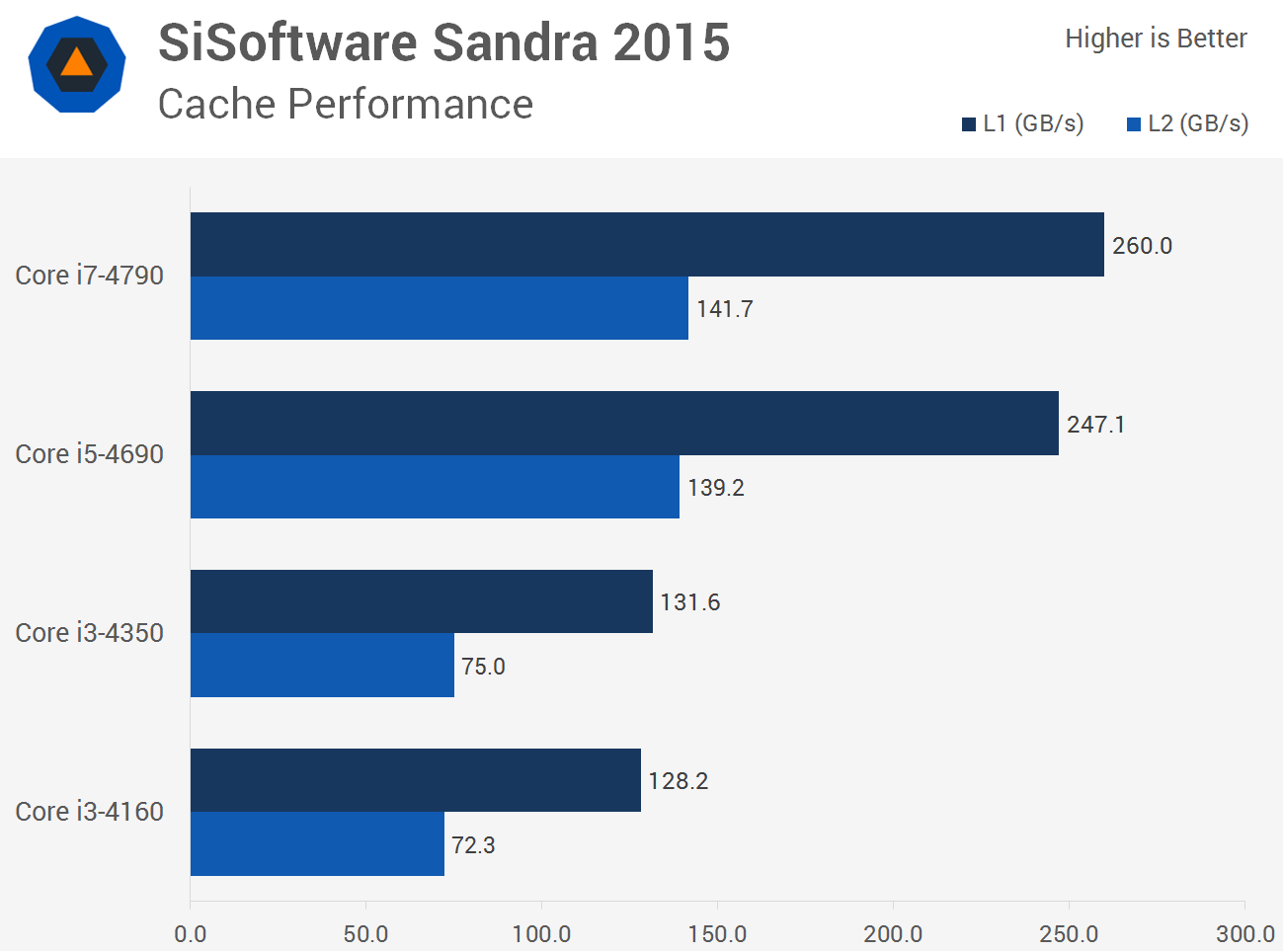
Although the bandwidth between the system memory and the processor didn't vary much from one model to another, the cache performance does. The Core i5 and i7 are reasonably well matched – the i7 is just 5% faster when measuring L1 performance. The Core i3 on the other hand is considerably slower offering almost half the performance of the more expensive i5 and i7 models.
Application Performance

Taking just 4 seconds to complete the workload, the Core i7-4790 was 48% faster than the i5-4690 while the i5 was 69% faster than the Core i3-4350, which topped the i3-4160 by 5%.
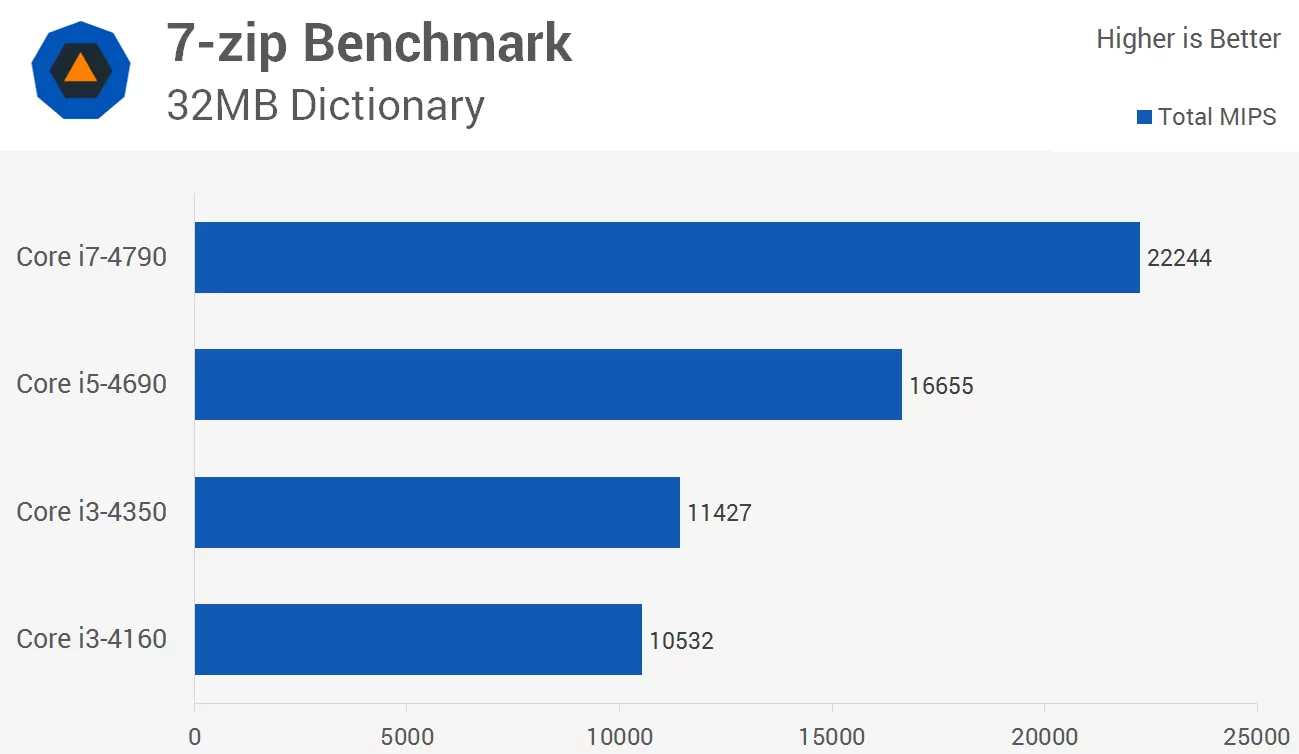
This time we see that the Core i3-4350 was 8% faster than the i3-4160. That said, the Core i5-4690 was 46% faster than the i3-4350 and the Core i7-4790 was 33% faster than the i5-4690.

Intel's Hyper-Threading works well with WinRAR and as a result the Core i3 processors deliver similar performance to the Core i5. The i5-4690 was just 5% faster than the i3-4350, however the i7-4790 was 93% faster than the i5-4690.

The Core i7-4790 took just 16.7 seconds to complete our Photoshop CC workload – 53% faster than the i5-4690. The i5 was 42% faster than the i3-4350, which was 12% faster than the i3-4160.
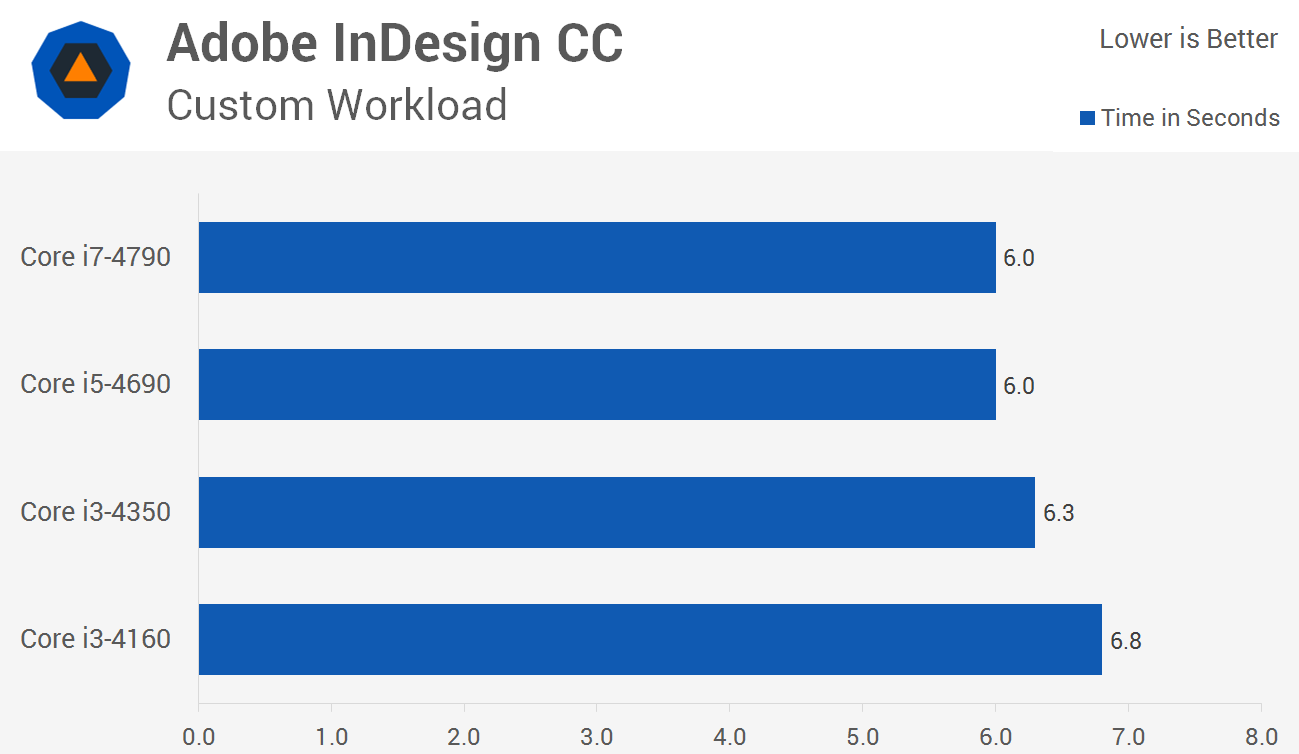
Adobe's InDesign CC makes poor use of more than two threads and as a result the Core i7 and i5 delivered the same result. In fact, the i7 was just 0.8 seconds faster than the i3-4160.

The Core i7-4790 was just 5% faster than the i5-4690 while the i5 was 38% faster than the i3-4350.
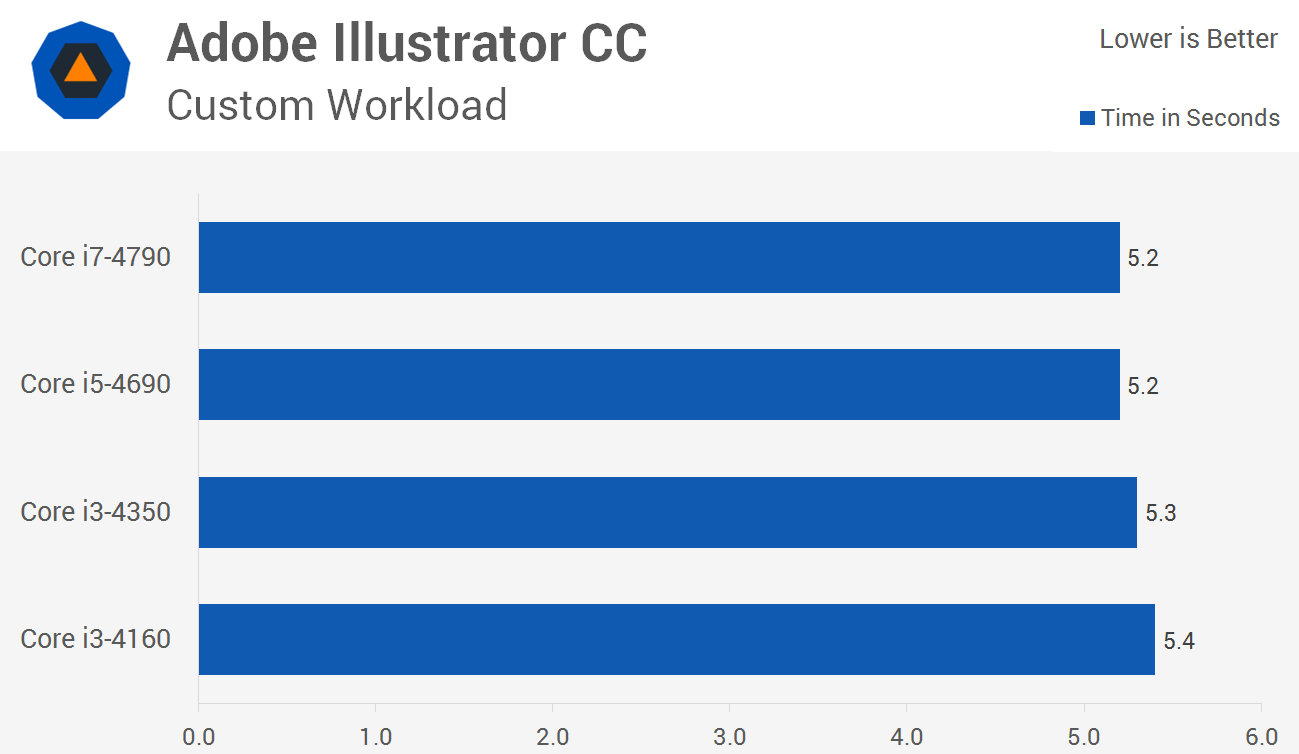
Adobe Illustrator CC is another application that can't utilize extra threads and therefore shows similar performance across Intel's Core processors.
